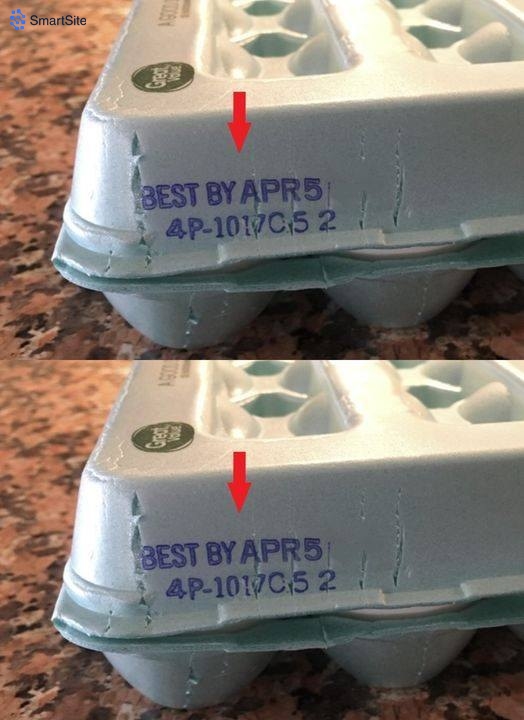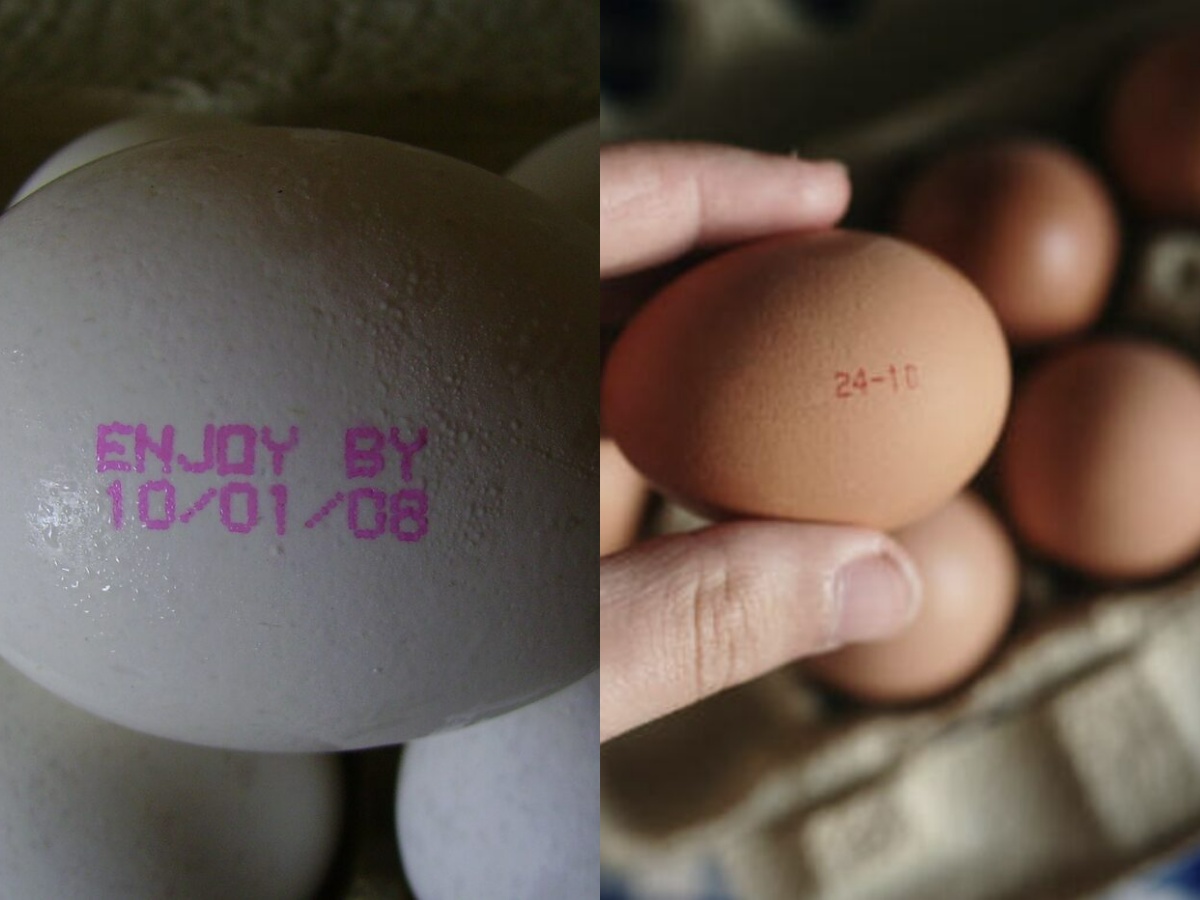Pay attention to this date from now on. It’s not an ordinary expiration date. After working for years and years in grocery stores, I see that most people just randomly buy eggs without really noticing this detail

For egg enthusiasts like me, there’s a simple joy in cracking an egg, whether for a fluffy omelet, baking a cake, or making fried rice. While I occasionally buy eggs from the farmer’s market, most of my eggs come from the supermarket, where they arrive in coded cartons. Over time, I’ve found it essential to understand these codes.
One of the key codes on the carton is a three-digit number called the Julian date. This number indicates the day of the year the eggs were packed. For example, 001 represents January 1st, and 365 corresponds to December 31st. There’s also a code that begins with the letter ‘P’—this is the plant code, showing where the eggs were processed. This information is crucial, especially during recalls. I remember a salmonella outbreak years ago when I carefully checked the plant code and Julian date to ensure my eggs were safe.

Eggs are generally safe to eat up to 30 days from the packing date, provided they’re stored correctly. I always check the Julian date when buying eggs, calculating the best time to use them for maximum freshness.
In addition to these codes, look for the USDA grade shield and labels like “organic” or “pastured.” Grade AA eggs are the highest quality, with firm whites and yolks, making them perfect for frying or poaching. Grade A eggs are slightly less firm but still excellent for most cooking needs.
Understanding egg carton codes can enhance the quality and safety of your meals. Next time you’re at the store, take a moment to decode the carton and enjoy the confidence of knowing you’ve selected the best eggs for your culinary adventures.
Continue Reading On Next Page...
